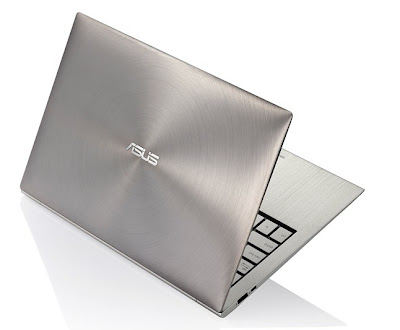Fix Black Lines in App Window Because of DirectX and GDI in Windows 7 SP1
Windows 7 users have come across an issue related to DirectX and Graphics Device Interface (GDI), in which black lines are displayed in the windows of some of their applications.
Microsoft confirmed the problem, and is already providing customers with a hotfix designed to resolve this particular glitch.
The software giant notes that only application windows that are displayed through a combination of DirectX and GDI are impacted by this issue.
The glitch can be experienced by those running Windows 7 RTM and Service Pack 1, as well as Windows Server 2008 R2 and SP1.
“If you change the size of the application window, the black lines may disappear temporarily,” the software giant said. “This issue occurs when the application calls certain functions, such as the DwmGetCompositionTimingInfo function.”
Microsoft has already identified the source of the problem, and offered the following details:
“This issue occurs because DirectX incorrectly takes Device Bitmaps mode code path when Vista Blt mode is enabled. When certain functions are called, incorrect flags are returned to the caller. Therefore, DirectX does not detect that Vista Blt mode is enabled,” the company said.
KB 2578764 deals with this specific problem, and also offers a link to the
hotfix that Microsoft Support made available.
The fix should only be deployed by those users that are impacted by the issue described above.
Device Bitmaps mode is new to Windows 7 and Windows Server 2008 R2, with the software giant introducing it in order to boost interoperability between DirectX and GDI.
“Device Bitmaps mode was introduced because Vista Blt mode, which is used in Windows Vista and in Windows Server 2008, may cause high memory usage,” Microsoft added.
“When an application uses DirectX and GDI to display the application window in Windows 7 or in Windows Server 2008 R2, Device Bitmaps mode is enabled. However, if the application calls certain functions (such as the DwmGetCompositionTimingInfo function), the interoperation mode is changed to Vista Blt mode.”
Hotfix Available for Windows 7 ‘0x0000003B’ Stop Error
Some applications can cause functionality issues in Windows 7, Microsoft revealed, with customers even experiencing crashes, and the less-than-loved Blue Screen of Death (BSOD).
In the case of crashes, users can come across the "0x0000003B" stop error, according to the software giant.
This can happen if they run certain apps on Windows 7 RTM or Windows 7 Service Pack 1 (SP1). The Redmond company also notes that Windows Server 2008 R2 customers can also find that they’re impacted by this problem.
Here is the complete stop error message that users get:
“Stop 0x0000003B (c0000094, fffff8800ff22e54, fffff880098897f0, 0) - SYSTEM_SERVICE_EXCEPTION.”
Microsoft did not offer a list of the applications that can cause the issue described above, but the company did offer one example.
It appears that users running Cyberlink YouCam have come across the glitch, and have had their computers crash.
The software giant not only confirmed the problem, but also offered a few details about the root cause:
“This issue occurs because the D3D9 runtime does not perform parameter validation on the rectangle values that are passed by applications such as YouCam,” Microsoft said.
“Therefore, invalid rectangle coordinates are passed to the Dxgkrnl.sys module. However, the Dxgkrnl.sys module also does not validate the rectangle coordinates, and a "divide by zero" exception occurs.”
KB 2584454 was published last month to help customers access additional details on the issue, as well as a fix.
For the time being, Microsoft Support is only offering a
hotfix for download to users running Windows 7 RTM and SP1 as well as Windows Server 2008 R2 RTM and SP1.
The promise from Microsoft is that this particular hotfix will be included in Service Pack 2 for Windows 7. But until Windows 7 SP2 becomes available for download, affected customers can already go ahead and deploy the hotfix.



 11/08/2011 09:49:00 PM
11/08/2011 09:49:00 PM
 dannzfay
dannzfay






































